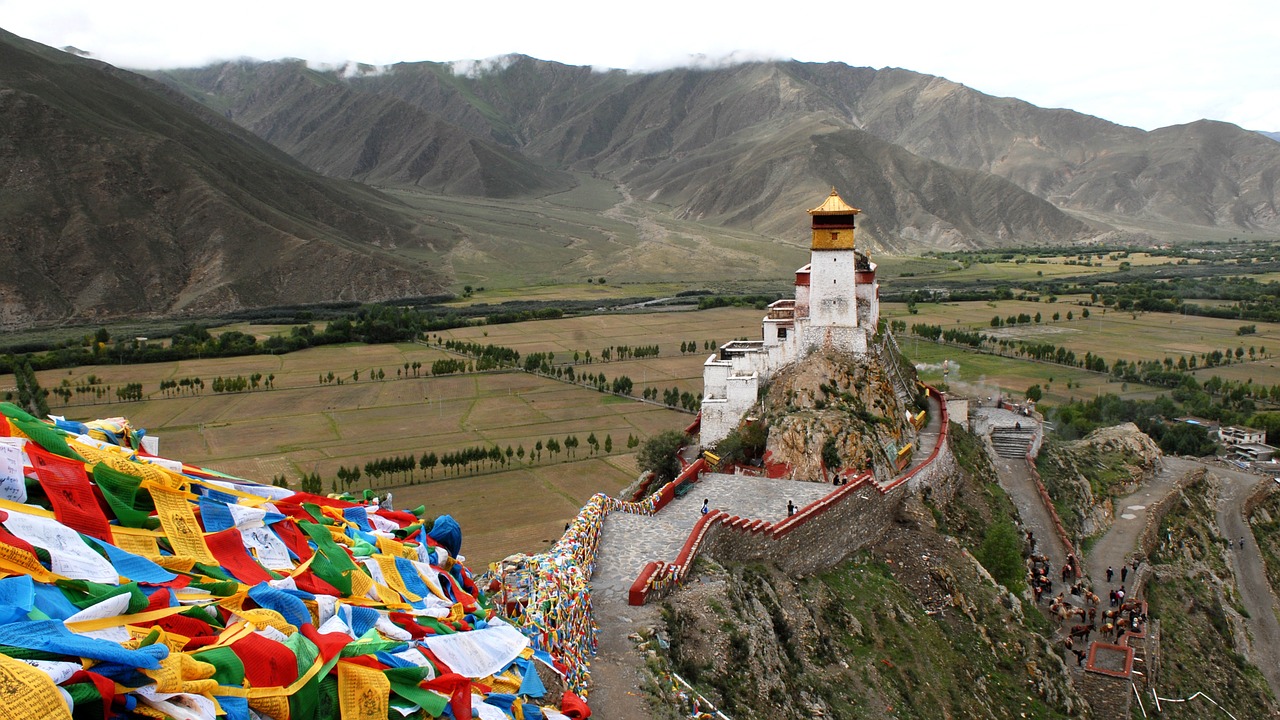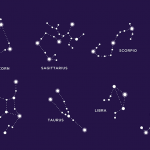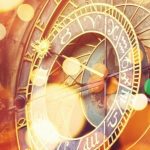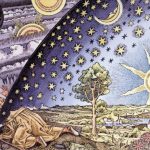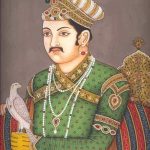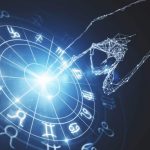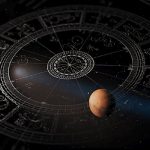Tibetan astrology is a unique system that incorporates elements of both ancient Indian and Chinese astrology.
Tibetan Astrology
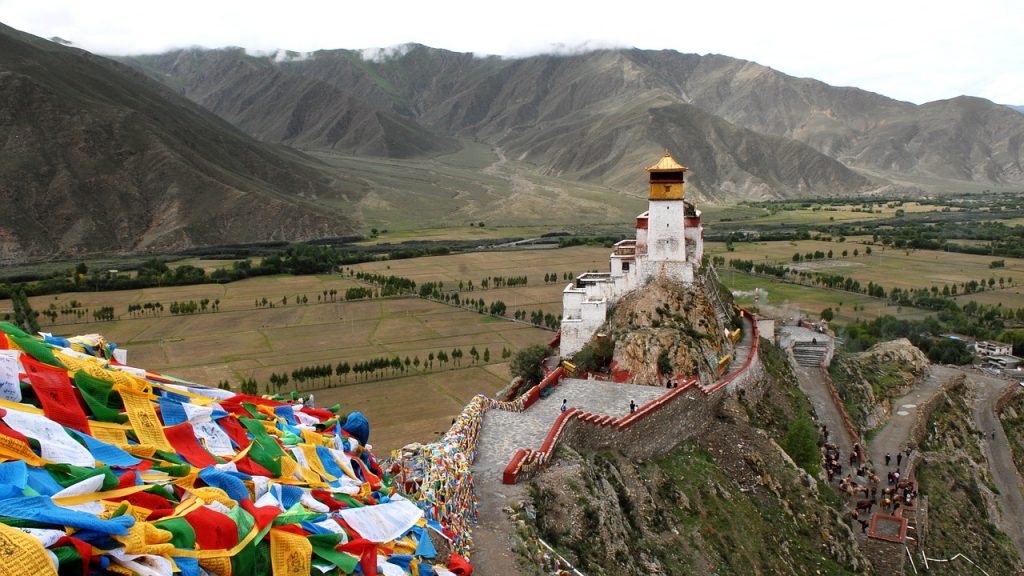
Even before Buddhism came to Tibet, the ancient religion of the region had some unique concepts regarding the Five Individual Forces. This was an important feature of the ancient Tibetan system which is still present in Tibetan Buddhist Astrology.
The Five Life Forces
The five individual life forces, according to the ancient Tibetan system, are:
- La relates to Vitality
- Sok is life potential
- Lu refers to Bodily Health
- Wangthang is Personal Power
- Lungta is known as wind horse.

These are the inner energies within a person. These five elements further correspond to Chinese Animals and elements. Tibetans used this system to draw their yearly horoscopes. These forces are vital energies in an individual. For instance, La force moves in a monthly cycle. Any weakening of any of these five elements can affect the life and health of the subject. The astrologer would prescribe remedial measures to bring the forces back in balance again
The Chinese and Indian Influences
Tibetan astrology books contain two distinct divisions in their system. The Chinese-based system called Jung Tsi, and the Indian-based system, called Kar-Tsi. They are also known as the Black Area and the White Area. These referred to the colors of the clothes generally worn by Indians and Chinese – White and Black.
From the Chinese – Jung Tsi
From China came the 12 animals that correspond to12 years, the five elements in the Chinese system, nine Mewas, and eight Parkhas.
The Five Elements
The five basic elements in the Chinese system are wood, fire, water, metal, and earth. These represent dynamic forces or energies that constantly interact with each other. If these energies are not in the correct proportions, they can cause negative effects. Each element is also related to a direction and a season:
- Earth represents the intermediate. It symbolizes the periods near the start and end of seasons, and it also denotes the intermediate directions of North East, North West, South East, and South West
- Fire rules Summer and the Southern direction
- Wood reigns during the Spring season and the direction of East
- Metal dominates in the Autumn and West
- Water rules in the Winter and the Northern direction
These elements also share a relationship with each other like friend, enemy, mother, and son. They are also classified according to gender, they can be male or female. Each of them has an association with a specific color, planet, organ, activity, and so on.
The Twelve Animals
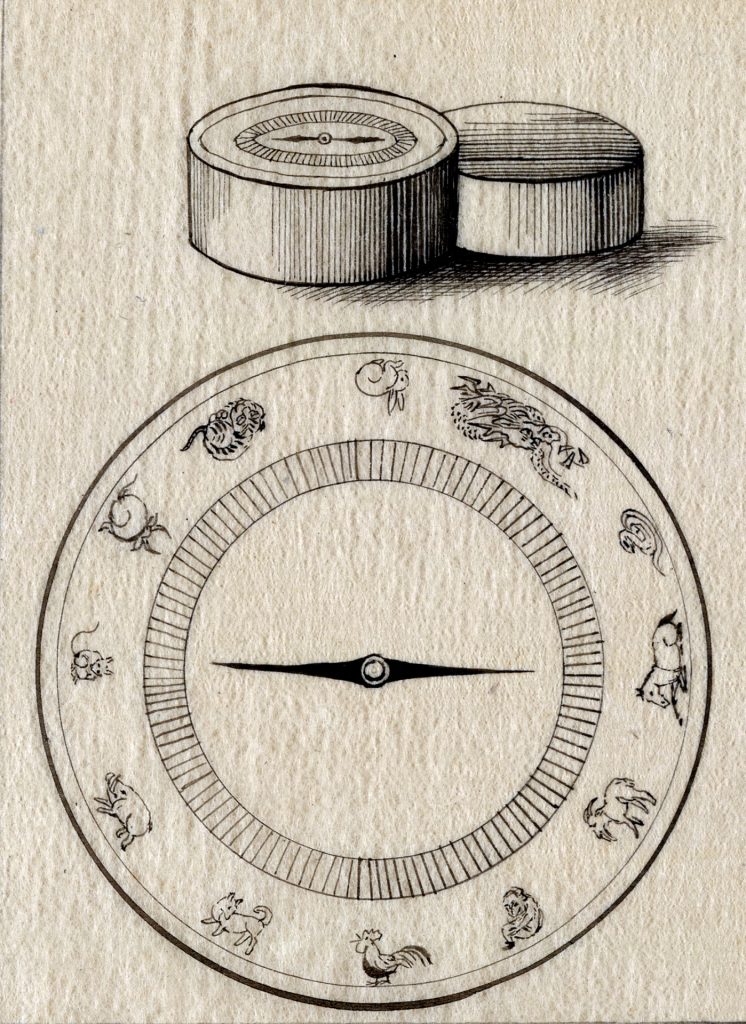
There are male and female signs. Further, there are different sorts of combinations and relationships among these animals in Tibetan astrology. All these dynamics influence astrological predictions. For instance, there are opposites among these twelve animal signs, called Dun Zur. These are
The Chinese have assigned animal names to each year in a twelve-year cycle. The Tibetans derive their time cycle from this. The animals also represent hours and days. The Twelve Animals are – Rat, Cow, Tiger, Hare, Dragon, Snake, Horse, Sheep, Monkey, Bird, Dog, and Pig. Like the Chinese system, each year is a combination of an animal and an element. So, the calendar has a 12 x 5 = 60-year cycle.
- Horse x Mouse
- Ox x Sheep
- Tiger x Monkey
- Hare x Bird
- Dog x Dragon
- Snake x Pig
Thus, these animal signs by themselves can cause different dynamics that affect astrological calculations.
Nine Mewas
These are nine symbols, each corresponds to a colour, an element, and a direction. The Mewas are represented as squares in a grid of 3 x 3. They keep moving each day, month, and year. Each grid also has a number. Astrologers refer to the Mewas in a colour-number combination, for instance, Three Blue, Seven Red, Six White, and so on. Each Mewa is also associated with a year. By this process, every 180 years, the same Mewa occurs in the same animal-element year.
The Eight Parkas
Derived from the Chinese concept of pa-Kua, the Parkhas in
Tibetan astrology are related to the idea of yin and yang. These Parkhas are in fact an extension of the five elements. They are – Earth, Fire, Sky, Water, Metal, Mountain, Wood, and Wind. Further, the Parkhas occur in a particular sequence for each year in an individual’s life. The calculation for this order is different based on gender. A person’s Natal Parkha is based on the mother’s progressed Parkha at the time she gave birth to the child. There are also other Pakhas like a life force, fortune, body power, etc, which are based on the Natal mewas
From Vedic Astrology – Kar-Tsi
Indian astrology may have entered Tibet in various stages. Tibetan astrology has eventually absorbed many of the technical aspects of Indian Astrology. It follows the moon cycles just like the Indian lunar calendar. There are also other influences:
The 12 Signs of the Zodiac
In Hindu astrology, there are 12 Rashis that correspond to the 12 signs along the sun’s sidereal orbit. These 12 signs have become part of Tibetan astrology. Indian astrology also associates these 12 signs with the 12 houses of the Natal Chart.
The rashis are divided into day and night Rashis. This indicates the times they are more powerful. Each of these signs also represents different parts of the body. All these make it easier to determine specific associations when making predictions.
The 27 Lunar Mansions
These are the 27 Nakshatras. There are actually 28 Nakshatras one mansion covers two adjacent constellations. However, only 27 Nakshatras are important to draw up natal charts.
Tibetan astrology has adopted these 27 Nakshatras along with their relationship to four of the five Indian elements (air, water, earth, fire). Further, Tibetan astrology also connects each of these Nakshatras to a Chinese element and direction.
The Nine Planets
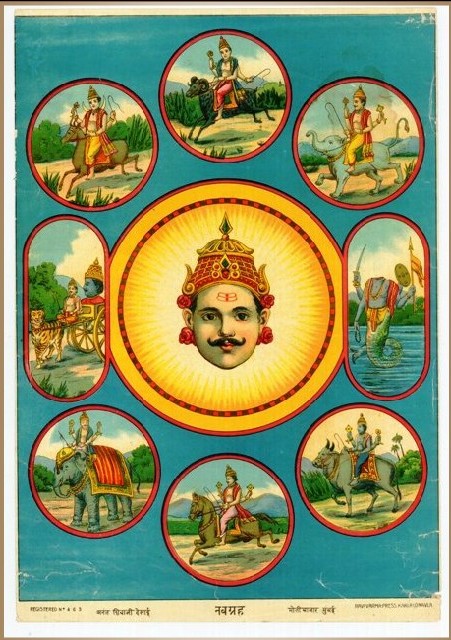
The positions of the nine Indian planets are very important in astrological calculations. All these nine planets including the shadow planets of Rahu and Ketu have been adapted into Tibetan astrology. Rahu and Ketu actually indicate the two lunar nodes, tracking their positions also makes it easy to predict the lunar and solar eclipses.
Besides these, Tibetan Buddhist astrology also incorporates the concepts of Swarodaya Tantra and Kalachakra Tantra.
Swarodaya Tantra and Kalachakra Tantra
Swarodaya Tantra: This is the Tantra of Sound – the Tantra of the Sound of Your Breath. It’s also the Tantra of the Sound of Vowels. This principle is present in both Hindu and Buddhist traditions. The commentaries on Buddhism called Tengyurtalso refers to this tantra. Swarodaya Tantra is a vital part of the calculations while creating an astrological profile of a person.

Kalachakra Tantra: Kalachakra or the Wheel of Time is an important concept in Hinduism and it has been adopted into Tibetan Buddhist astrology. There is the Internal and external Kalachakra:
The Kalachakra in Tibetan astrology
External Kalachakra tracks the movements of celestial objects like the stars, constellations, and the nine planets across the sky. These are important for designing the calendar, to track days, months, and years. These celestial movements are also tracked to determine their effects on an individuals life.
The Internal Kalachakra tracks the movement of internal energies within the body. These are the subtle energies called Nadis, the Chakras or centers at which the nadis meet, and the Pranas which are the internal winds and tracking their movements through the nadis. Another element in the internal Kalachakra is the Bindu or drops of vital energies.
The concept of Karma governs every aspect of a person’s life in Tibetan astrology. Thus, the internal chakra moves parallel to the external chakra according to past karma. As these external and internal energies interact, you experience pain or pleasure according to Karma.
The Celestial Tortoise
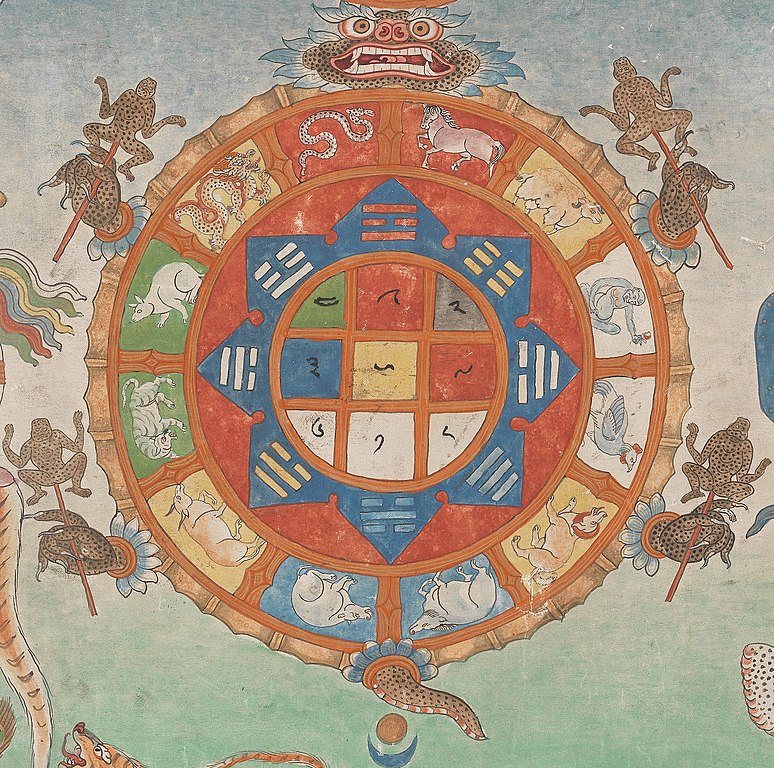
The Tibetan Kalachakra is a bit different in its symbolic representation. It is in the form of a tortoise. The shell or upper part represents the Universe. The underside of the tortoise is inscribed with the various elements of astrology. It includes the wheel of the 12 animal signs in combination with the elements and directions of Chinese astrology.
Tibetan Buddhist Astrology – A Combination Of Different Systems
Thus, Tibetan astrology has taken elements from both Indian and Chinese astrology and combined all these to come up with their own unique system,
These elements are all used to draw a person’s natal chart and predict their future, for the recommendation of any rituals or ceremonies that need to be performed to alleviate negative effects. They are also used to assess the compatibility of couples before marriage, to fix wedding dates, etc.
These astrological elements are also used to draw up calendars, fix dates for functions and ceremonies, to hoist prayer flags, fix dates for medical treatments, and so on. They are used to draw almanacs, which help predict the climate and harvest for that year.
If you want to learn more, here are a few Tibetan astrology books you can refer to :
- Tibetan Astrology by Phillip Cornu
- Encyclopedia of Tibetan Symbols & Motifs by Robert Beer
- Tibetan Astrology: The Astrology And Geomancy Of Tibet by Michael Erlewine
- Buddhist Astrology: Chart Interpretation from a Buddhist Perspective by Jhumpa Sheneman
To Conclude
Tibetan astrology is a complex system. It has absorbed and adapted many principles from Indian and Chinese astrological systems. Tibetans have then combined them with their own pre-Buddhist Bon religion beliefs to come up with a unique system all its own.




